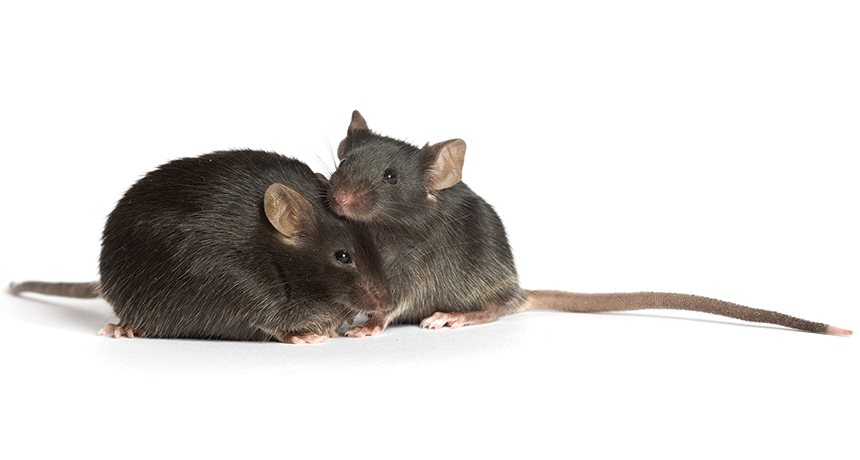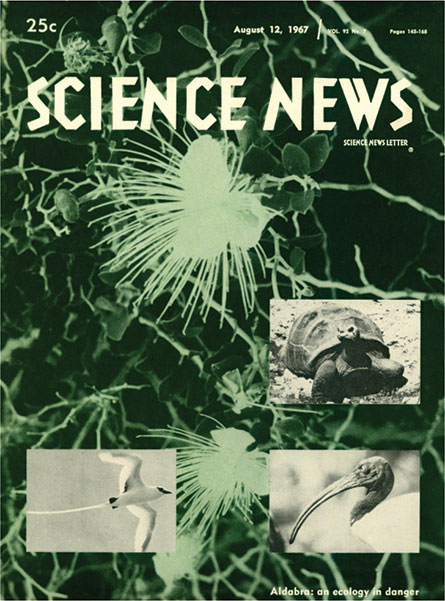50 years ago, diabetic mice offered hope for understanding human disease
Excerpt from the August 12, 1967 issue of Science News

MOUSE GUIDES Diabetic mice with mutations in the leptin receptor gene grow much larger and fatter (left) than mice that don’t have the mutations (right). These diabetic, or db/db, mice were first described 50 years ago and have been helping scientists study the disease ever since.
The Jackson Laboratory
 Hope from diabetic mice
Hope from diabetic mice





